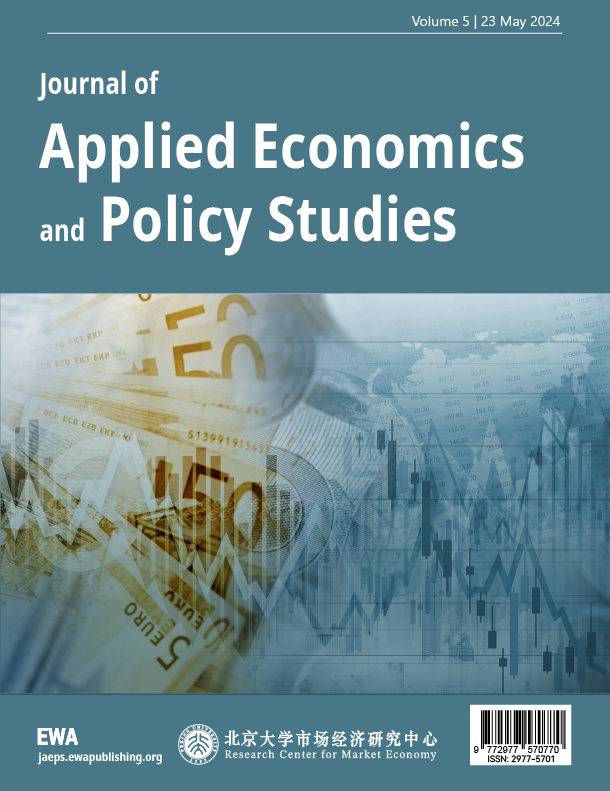References
[1]. Sun, Z. W., & Wang, R. (2024). A Study on the Relationship between Idiosyncratic Risk and Expected Returns in the Stock Market—From the Perspective of Investor Sentiment.Contemporary Economy, 41(12), 86–100.
[2]. Zheng, T. G., & Ge, H. Y. (2021). A Study on the Regime-Switching Time-Varying Characteristics of the Herd Effect in China’s Stock Market.Journal of Financial Research, (3), 170–187.
[3]. Shiller, R. J. (1995). Conversation, Information, and Herd Behavior.American Economic Review,85(2), 181–185.
[4]. Shiner. (2003). Herd Behavior and the Quality of Opinions.The Journal of Socio-Economics, 32(6), 661–673.
[5]. Li, X., Han, R. D., & Li, Y. (2023). A Study on the Impact of Individual Investors’ Attention on the Herd Effect in the Stock Market.Journal of Systems Science and Mathematics, 43(7), 1741–1769.
[6]. Peng, H. (2000). Herd Behavior under Information Asymmetry and the Micro-Structure Theory of Bubbly Financial Markets.Journal of Financial Research,(11), 5–19.
[7]. Banerjee, A. V. (1992). A Simple Model of Herd Behavior.Quarterly Journal of Economics,107(3), 797–817.
[8]. Seasholes, M. S., & Wu, G. (2007). Predictable Behavior, Profits, and Attention.Journal of Empirical Finance, 14(5), 590–610.
[9]. Bernales, A., Verousis, T., & Voukelatos, N. (2016). Do Investors Follow the Herd in Option Markets?Journal of Banking & Finance, 119, 104899.
[10]. Fama, E. F. (1970). Efficient Capital Markets: A Review of Theory and Empirical Work.Journal of Finance, 25(2), 383–417.



